Home>Gardening & Outdoor>Landscaping Ideas>What Can Kill Grass
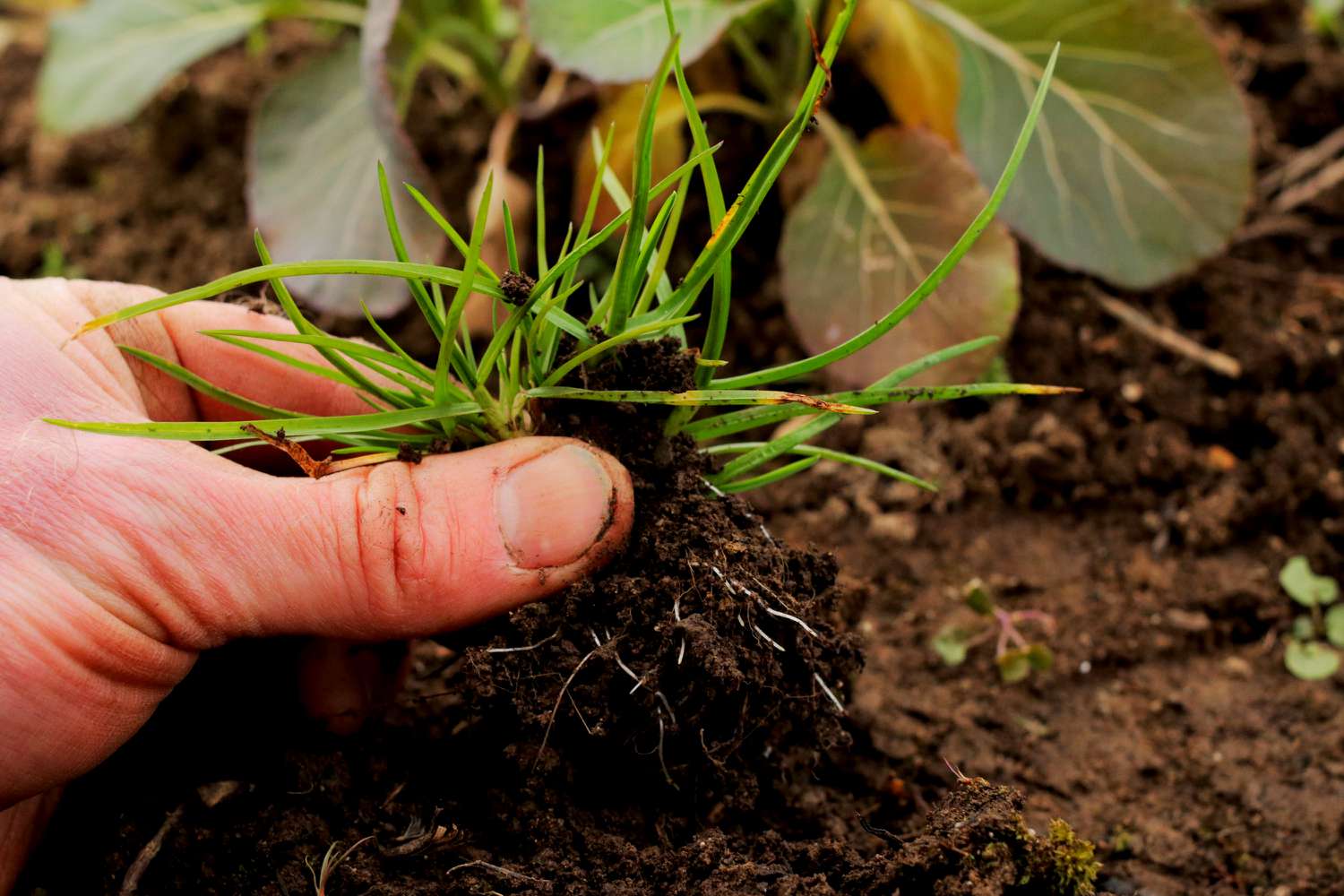

Landscaping Ideas
What Can Kill Grass
Published: January 26, 2024
Discover effective landscaping ideas to prevent and eliminate grass-killing factors. Enhance your lawn's health with expert tips and solutions.
(Many of the links in this article redirect to a specific reviewed product. Your purchase of these products through affiliate links helps to generate commission for Storables.com, at no extra cost. Learn more)
Introduction
Having a lush, green lawn can be a source of pride for many homeowners. However, maintaining a healthy lawn requires effort and attention to various factors that can impact its well-being. Understanding the potential threats to your grass is crucial for preserving its vitality and appearance. In this article, we will explore the diverse range of factors that can jeopardize the health of your grass, from environmental conditions to human-induced influences.
From the lack of essential resources like water and sunlight to the detrimental effects of foot traffic and pet waste, there are numerous elements that can contribute to the deterioration of your lawn. By recognizing these potential threats and learning how to mitigate them, you can safeguard your grass and promote its long-term health and vibrancy. Let’s delve into the various factors that can compromise the well-being of your grass and explore strategies for preserving a flourishing lawn.
Key Takeaways:
- Keep your grass healthy by watering deeply and infrequently, choosing shade-tolerant grass, and addressing soil compaction and poor drainage. Strategic landscaping and grass selection can help preserve your lawn’s vitality.
- Protect your grass from threats like chemical herbicides, high foot traffic, pet urine, lawn diseases, and invasive weeds. Implement proactive measures and proper lawn care practices to maintain a vibrant and resilient lawn.
Read more: What Can I Use To Kill Ground Cover In Lawn
Lack of Water
Water is essential for the survival of grass, and a lack of adequate hydration can quickly lead to its demise. Insufficient water supply can result from various factors, including irregular rainfall patterns, inadequate irrigation, or high temperatures that accelerate evaporation. When grass doesn’t receive enough water, it becomes stressed and vulnerable to damage from pests, diseases, and environmental stressors.
Signs of water deficiency in grass include wilting, a dull bluish-green hue, and slow growth. As the soil dries out, the grass roots struggle to absorb the necessary moisture, leading to shallow root systems that are ill-equipped to withstand drought conditions. To mitigate the impact of water scarcity, it’s crucial to establish a consistent watering routine that provides sufficient moisture to the grass roots.
Implementing a deep and infrequent watering schedule encourages the development of robust root systems that can access moisture from deeper soil layers, enhancing the grass’s resilience to dry spells. Additionally, choosing drought-resistant grass varieties and improving soil quality through aeration and the incorporation of organic matter can help the lawn better withstand periods of limited water availability.
Excessive Shade
While sunlight is vital for the photosynthetic process that sustains plant life, excessive shade can pose a significant threat to the health of grass. In shaded areas where sunlight is limited, grass may struggle to thrive, leading to thinning, weakened growth, and increased susceptibility to diseases and pests. Trees, buildings, and tall structures can cast shadows that obstruct sunlight, creating challenging conditions for grass to flourish.
When grass is deprived of adequate sunlight, it expends more energy in its attempt to reach for light, resulting in weakened overall vigor. Additionally, the lack of sunlight can impede the grass’s ability to produce the energy it needs to maintain essential biological processes, further compromising its resilience. As a result, shaded areas of the lawn may exhibit sparse patches, thinning turf, and an overall lackluster appearance.
To address the challenges posed by excessive shade, consider alternative landscaping options that are better suited to low-light conditions. For instance, incorporating shade-tolerant ground covers or ornamental plants can enhance the aesthetic appeal of shaded areas while minimizing the strain on the grass. Additionally, selective tree pruning to allow more filtered light to reach the grass can alleviate the intensity of the shade and promote healthier turf growth.
Choosing shade-tolerant grass species, such as fine fescues or certain varieties of ryegrass, can also improve the lawn’s resilience in shaded environments. These grasses are better adapted to lower light levels and can maintain their vitality even in areas with limited sun exposure. By addressing the challenges of excessive shade through strategic landscaping and appropriate grass selection, you can optimize the health and appearance of your lawn, even in shaded areas.
Compacted Soil
Compacted soil poses a significant threat to the health and vitality of grass, as it impedes the movement of air, water, and nutrients within the soil. Over time, factors such as heavy foot traffic, construction activities, and natural settling can lead to soil compaction, creating an inhospitable environment for grass roots to thrive. Compacted soil restricts root growth and penetration, hindering the grass’s ability to access essential resources and establish a robust foundation.
When soil is compacted, the spaces between soil particles are reduced, limiting the infiltration of water and air. As a result, water may pool on the surface rather than percolating into the soil, leading to runoff and erosion. Additionally, compacted soil can contribute to the development of thatch, a layer of organic matter that accumulates near the soil surface and impedes the movement of water and nutrients to the roots.
To address soil compaction and promote healthy grass growth, it’s essential to implement measures that alleviate the density of the soil. Core aeration, which involves removing small plugs of soil from the lawn, can effectively loosen compacted soil and improve air and water movement. This process also facilitates the decomposition of thatch and enhances the development of a robust root system.
Furthermore, incorporating organic matter, such as compost, into the soil can enhance its structure and fertility, reducing compaction and promoting a healthier environment for grass roots. By addressing soil compaction through aeration and soil amendment, you can create an optimal growing environment for your grass, fostering its resilience and longevity.
Poor Drainage
Inadequate drainage can have detrimental effects on the health and appearance of grass, leading to waterlogged soil, root suffocation, and increased susceptibility to diseases. Poor drainage can result from various factors, including compacted soil, heavy clay content, or improper grading that impedes the natural flow of water. When excess water accumulates on the lawn, it creates an environment that is conducive to the development of fungal diseases and root rot, compromising the overall vigor of the grass.
Signs of poor drainage in a lawn may include standing water, persistent soggy areas, and the presence of moss or algae. In addition to hindering the growth and vitality of the grass, poor drainage can also create an unsightly and impractical landscape, limiting the functional use of the outdoor space.
To address the challenges of poor drainage, it’s essential to implement strategies that facilitate the efficient movement of water away from the lawn. This may involve grading the landscape to promote proper water runoff, installing drainage systems such as French drains or catch basins, or incorporating water-tolerant landscaping features to absorb excess moisture.
Furthermore, core aeration can help improve drainage by creating channels for water to penetrate the soil, reducing surface water accumulation and enhancing the infiltration of moisture to the grass roots. By addressing poor drainage through strategic landscaping and soil management, you can create an environment that supports the health and resilience of your grass, mitigating the risks associated with waterlogged conditions.
To kill grass, you can use a non-selective herbicide containing glyphosate. Make sure to follow the instructions on the label and apply it carefully to avoid harming other plants.
Read more: What Kills Torpedo Grass
Chemical Herbicides
While herbicides are commonly used to control weeds in lawns, indiscriminate or excessive use of chemical herbicides can pose a threat to the health of grass and the overall ecological balance of the landscape. Herbicides contain active ingredients designed to target and eliminate unwanted plants, but they can also have unintended consequences when not applied with care and precision.
Overapplication or misapplication of herbicides can result in damage to grass, causing discoloration, stunted growth, or even dieback in severe cases. Additionally, certain herbicides may persist in the soil, posing long-term risks to the health of the grass and other desirable plants in the landscape.
To mitigate the potential risks associated with chemical herbicides, it’s essential to use these products judiciously and in accordance with label instructions. Selective herbicides that target specific weed species while minimizing harm to grass should be prioritized, and non-chemical weed control methods, such as manual removal or mulching, can complement herbicidal treatments to reduce reliance on chemical agents.
Furthermore, promoting a healthy and dense lawn through proper cultural practices, such as regular mowing, adequate fertilization, and appropriate irrigation, can help minimize weed infestations and reduce the need for herbicidal interventions. By fostering a robust and resilient grass stand, you can naturally suppress weed growth and minimize the reliance on chemical herbicides, thereby safeguarding the health and longevity of your lawn.
High Foot Traffic
Grass areas that experience high foot traffic, such as pathways, play areas, and frequently traversed sections of the lawn, are particularly susceptible to wear and compaction, which can compromise the health and appearance of the grass. Intense foot traffic can lead to soil compaction, root damage, and the thinning of turf, creating challenges for the grass to recover and thrive in these heavily used areas.
Compacted soil resulting from high foot traffic restricts the movement of air, water, and nutrients, impeding the grass’s ability to access essential resources for growth. Additionally, the physical stress inflicted by constant trampling can weaken the grass, making it more susceptible to pests, diseases, and environmental stressors.
To mitigate the impact of high foot traffic on grass, consider implementing measures to reduce soil compaction and protect the turf from excessive wear. Installing designated walkways or stepping stones can help redirect foot traffic away from sensitive grass areas, minimizing the strain on the turf. Additionally, incorporating alternative ground cover options, such as gravel pathways or mulched play areas, can offer practical and visually appealing alternatives to grass in high-traffic zones.
Furthermore, promoting the recovery of grass in heavily trafficked areas through overseeding, aeration, and targeted soil amendment can help revitalize the turf and enhance its resilience. Selecting durable grass varieties that are better adapted to foot traffic, such as certain types of turf-type tall fescue or perennial ryegrass, can also bolster the lawn’s ability to withstand the rigors of frequent use.
By addressing the challenges posed by high foot traffic through strategic landscaping and appropriate grass selection, you can preserve the health and aesthetic appeal of your lawn while accommodating the functional demands of your outdoor space.
Pet Urine
Pet urine can present a significant challenge to maintaining a healthy and vibrant lawn, particularly for households with dogs or other pets that frequent the outdoor space. The nitrogen-rich composition of pet urine, combined with its concentrated application in specific areas, can result in unsightly yellow or brown patches on the grass, commonly referred to as “dog spots.”
When pets urinate on the lawn, the nitrogen content in the urine can exceed the grass’s capacity to absorb and utilize it, leading to localized burning and damage. Additionally, the high acidity of pet urine can further exacerbate the detrimental effects on the grass, resulting in stressed and discolored turf in the affected areas.
To address the challenges posed by pet urine, consider implementing strategies to dilute and disperse the urine to minimize its impact on the grass. Encouraging pets to drink ample water can help dilute the urine, reducing its potency and mitigating the risk of concentrated burning. Additionally, promptly rinsing the affected areas with water after urination can help dilute the urine and minimize the potential for damage to the grass.
Furthermore, incorporating designated pet relief areas, such as gravel patches or synthetic turf sections, can provide alternative spaces for pets to relieve themselves, reducing the direct impact on the natural grass. Training pets to utilize these designated areas can help preserve the health and appearance of the lawn while accommodating their needs.
Implementing soil amendment and overseeding in areas affected by pet urine can also promote the recovery and rejuvenation of the grass, helping to restore its vitality and visual appeal. Selecting grass varieties that are more resilient to the effects of pet urine, such as tall fescue or perennial ryegrass, can enhance the lawn’s ability to withstand the challenges posed by pet-related urine damage.
By addressing the impact of pet urine through proactive measures and strategic landscaping, you can maintain a healthy and aesthetically pleasing lawn while accommodating the needs of your beloved pets.
Lawn Diseases
Lawn diseases can significantly impact the health and appearance of grass, leading to discoloration, thinning turf, and overall deterioration of the lawn’s vitality. Various factors, including environmental conditions, pathogen presence, and grass susceptibility, can contribute to the development and spread of diseases within the turf. Common lawn diseases include fungal infections such as dollar spot, brown patch, and rust, each presenting distinct symptoms and challenges for grass maintenance.
Recognizing the signs of lawn diseases, such as discolored patches, abnormal growth patterns, or the presence of fungal spores, is crucial for implementing timely and effective management strategies. Additionally, promoting overall lawn health through proper cultural practices, including balanced fertilization, appropriate irrigation, and regular aeration, can enhance the grass’s resilience to diseases and minimize their impact.
To address lawn diseases, it’s essential to identify the specific pathogens and conditions contributing to their development. Implementing targeted fungicidal treatments, adjusting irrigation practices to minimize moisture-related disease risks, and promoting optimal air circulation through strategic landscaping can help mitigate the impact of lawn diseases and prevent their recurrence.
Furthermore, selecting disease-resistant grass varieties and incorporating appropriate soil amendments can bolster the lawn’s ability to withstand and recover from disease pressures. Proper mowing practices, such as maintaining the appropriate mowing height and using sharp blades, can also contribute to the grass’s overall vigor and resilience to diseases.
By adopting a proactive approach to lawn disease management and fostering a healthy growing environment for the grass, you can minimize the impact of diseases and preserve the vibrancy and beauty of your lawn.
Read more: What Kills Ants In Grass
Invasive Weeds
Invasive weeds pose a persistent threat to the health and aesthetics of lawns, competing with grass for essential resources and compromising the overall vitality of the turf. Weeds such as dandelions, crabgrass, and clover can rapidly spread and establish themselves in lawns, outcompeting desirable grass species and creating unsightly patches that detract from the lawn’s appearance.
Addressing invasive weeds requires a multifaceted approach that combines targeted weed control methods with proactive lawn management practices. Implementing pre-emergent herbicide applications to prevent weed seeds from germinating can help minimize the establishment of invasive species, while selective post-emergent herbicides can effectively target existing weeds without harming the grass.
Furthermore, promoting a dense and healthy lawn through proper fertilization, irrigation, and mowing practices can create an environment that is less conducive to weed infestations. By fostering robust grass growth and minimizing bare areas, you can reduce the opportunities for weeds to take hold and thrive in the lawn.
Manual weed removal, such as hand pulling or the use of specialized tools, can complement herbicidal treatments and help address isolated weed infestations. Additionally, overseeding to fill in bare or thin areas of the lawn can further enhance the grass’s ability to outcompete weeds and maintain a lush and uniform appearance.
By adopting a proactive and integrated approach to weed management, you can minimize the impact of invasive species and preserve the health and beauty of your lawn, creating an inviting outdoor space for leisure and enjoyment.
Frequently Asked Questions about What Can Kill Grass
Was this page helpful?
At Storables.com, we guarantee accurate and reliable information. Our content, validated by Expert Board Contributors, is crafted following stringent Editorial Policies. We're committed to providing you with well-researched, expert-backed insights for all your informational needs.
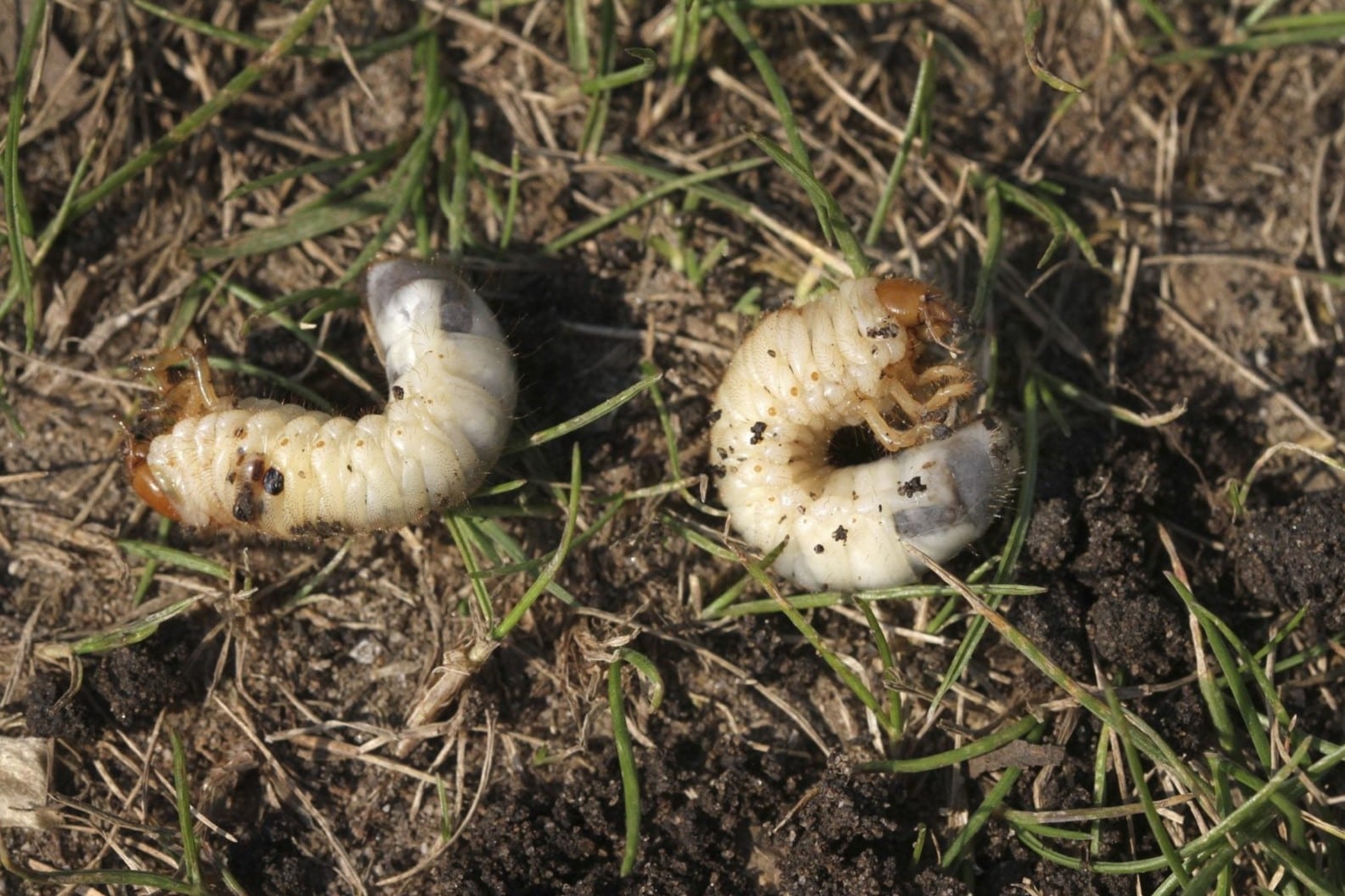
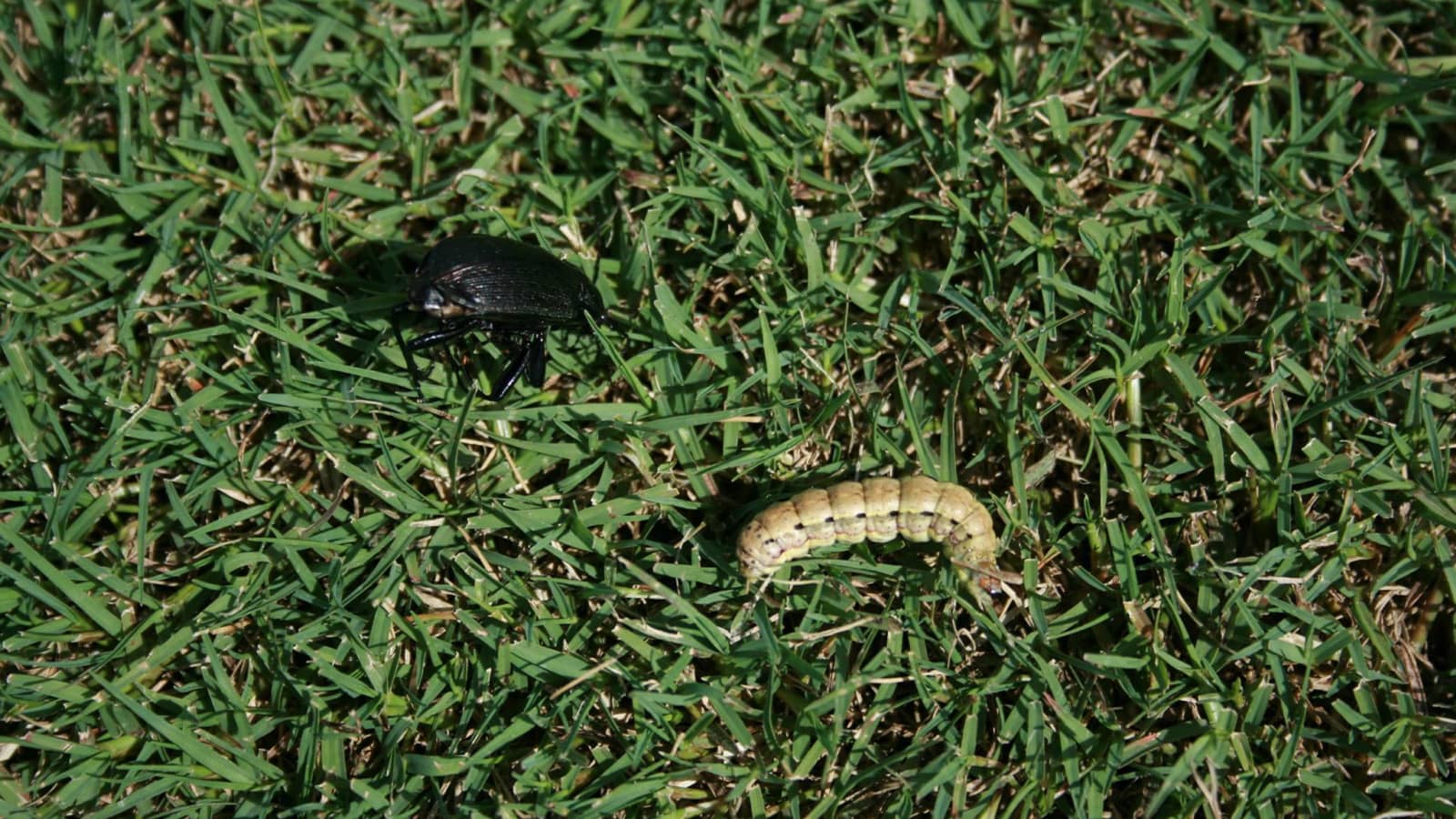
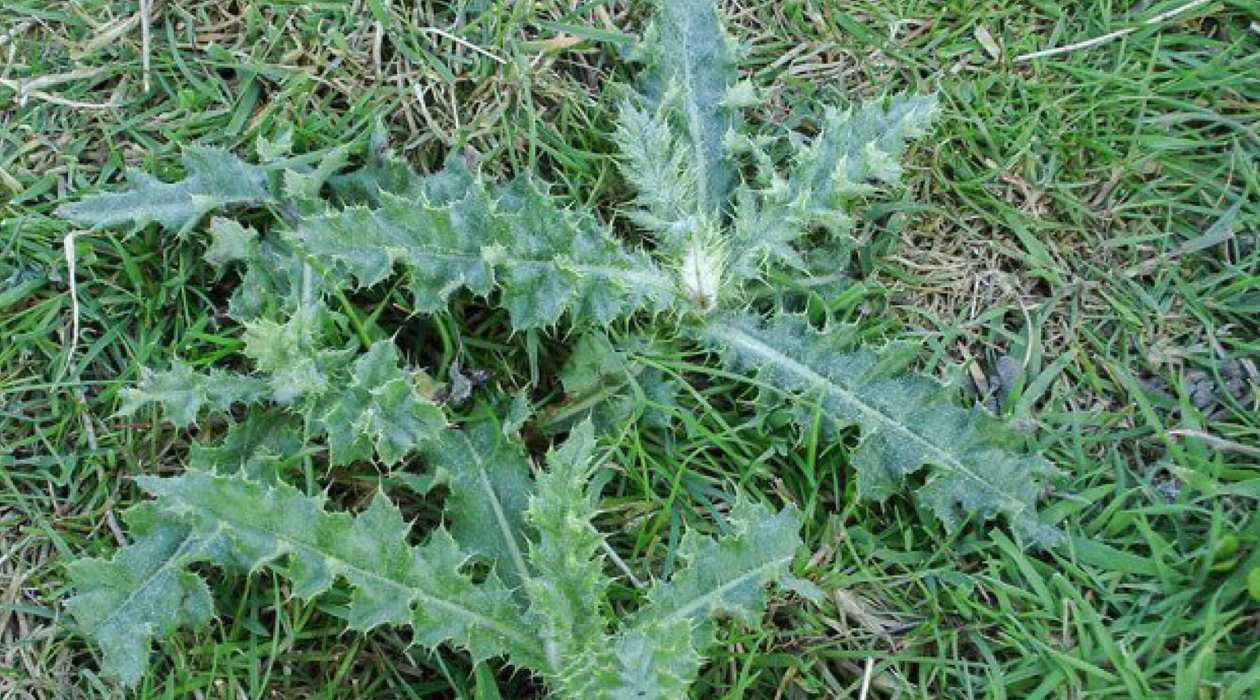
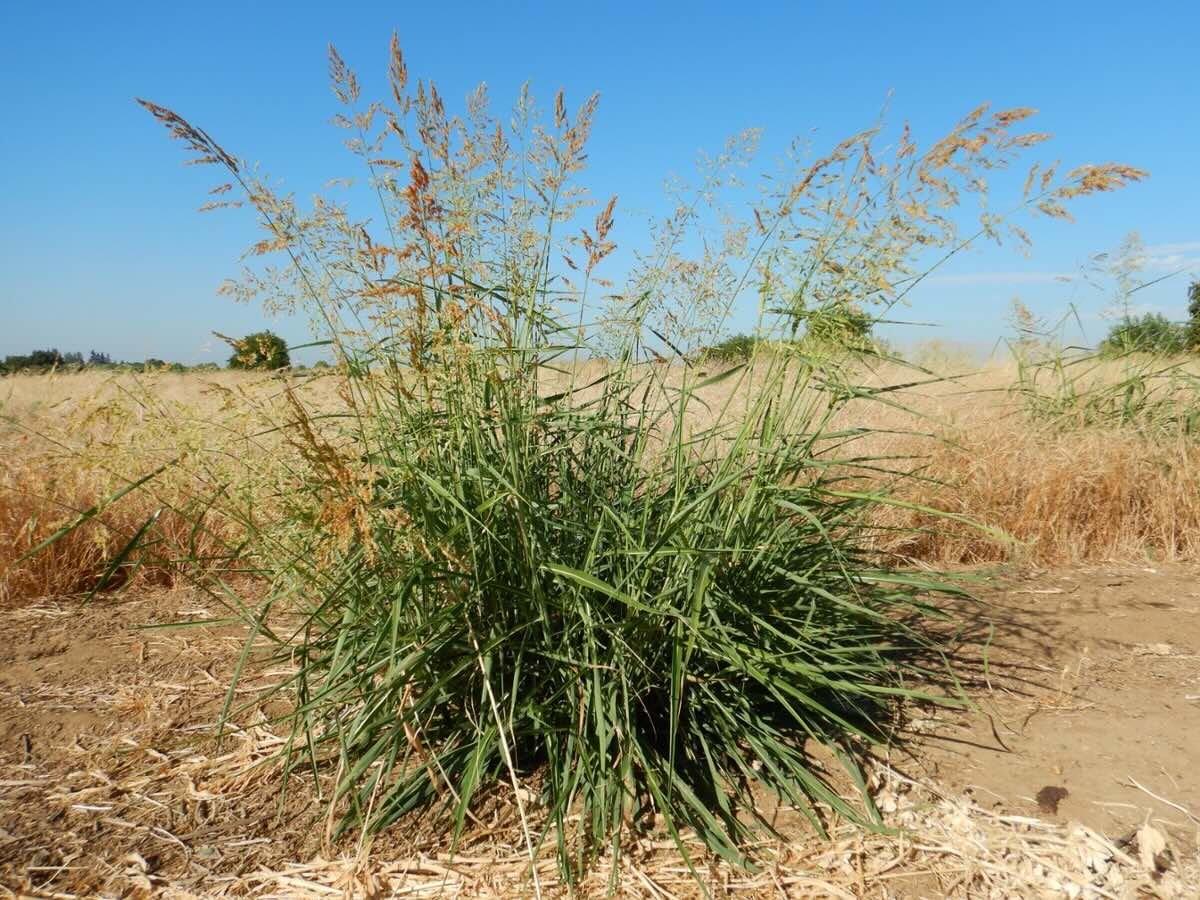
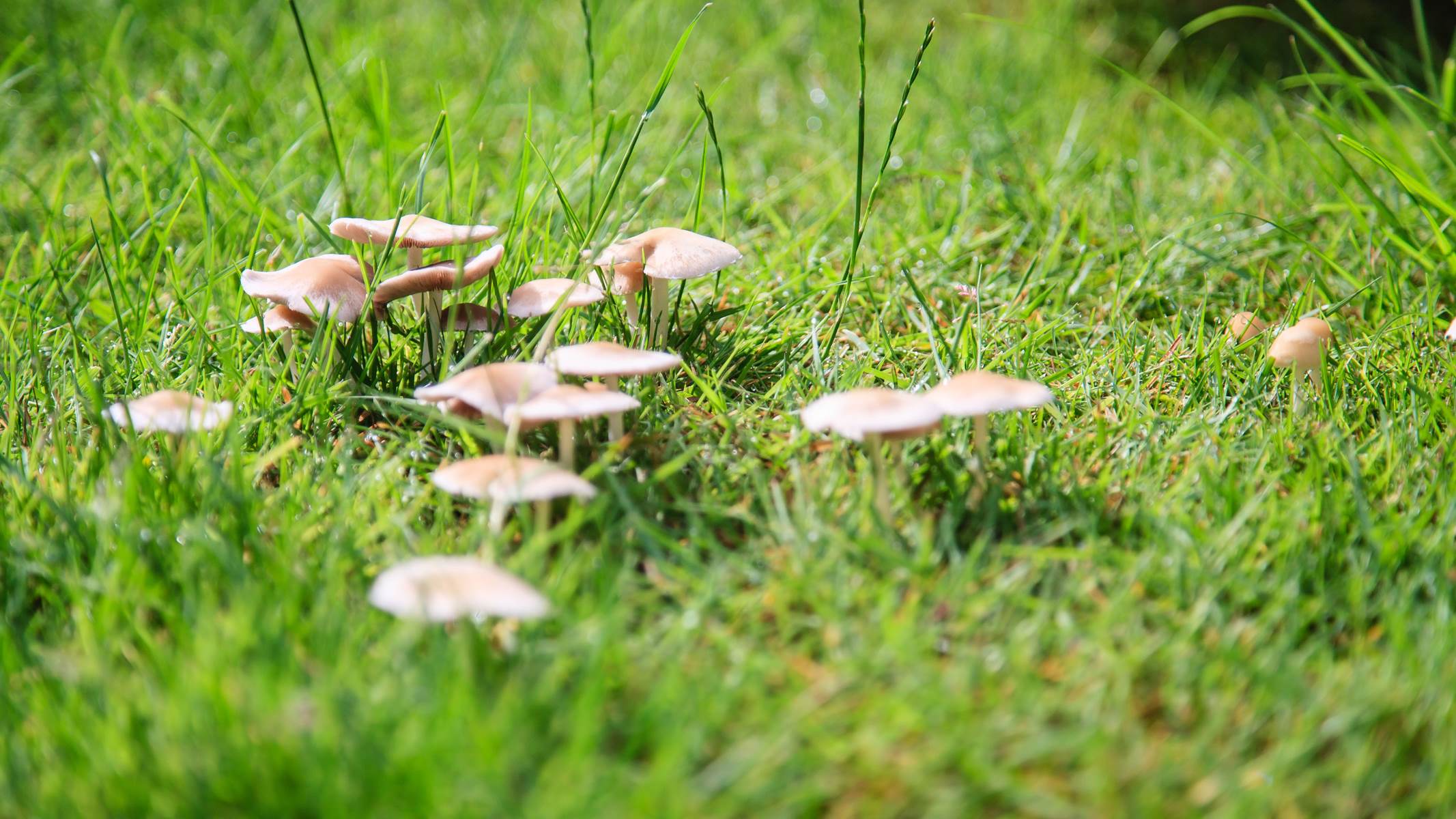
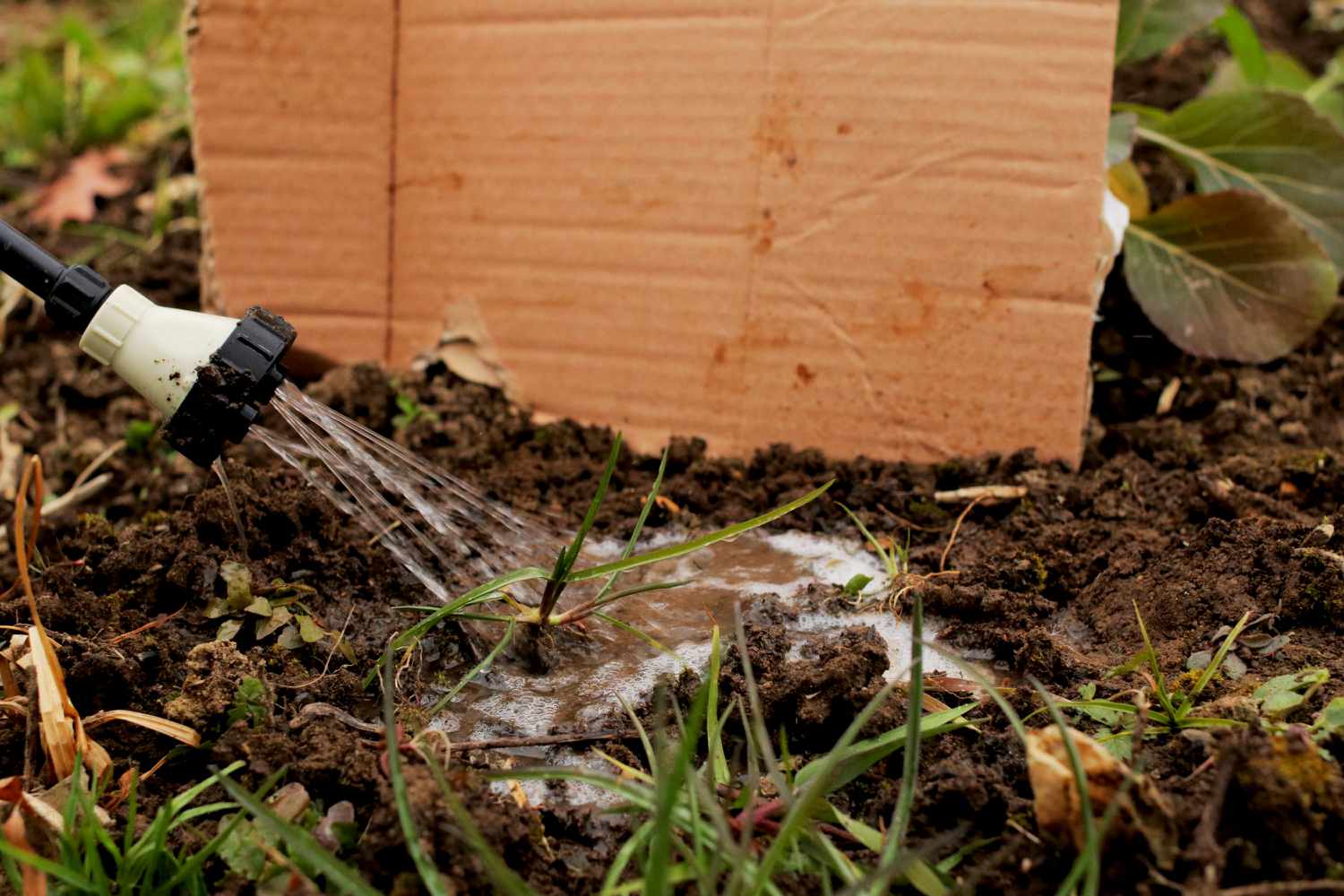
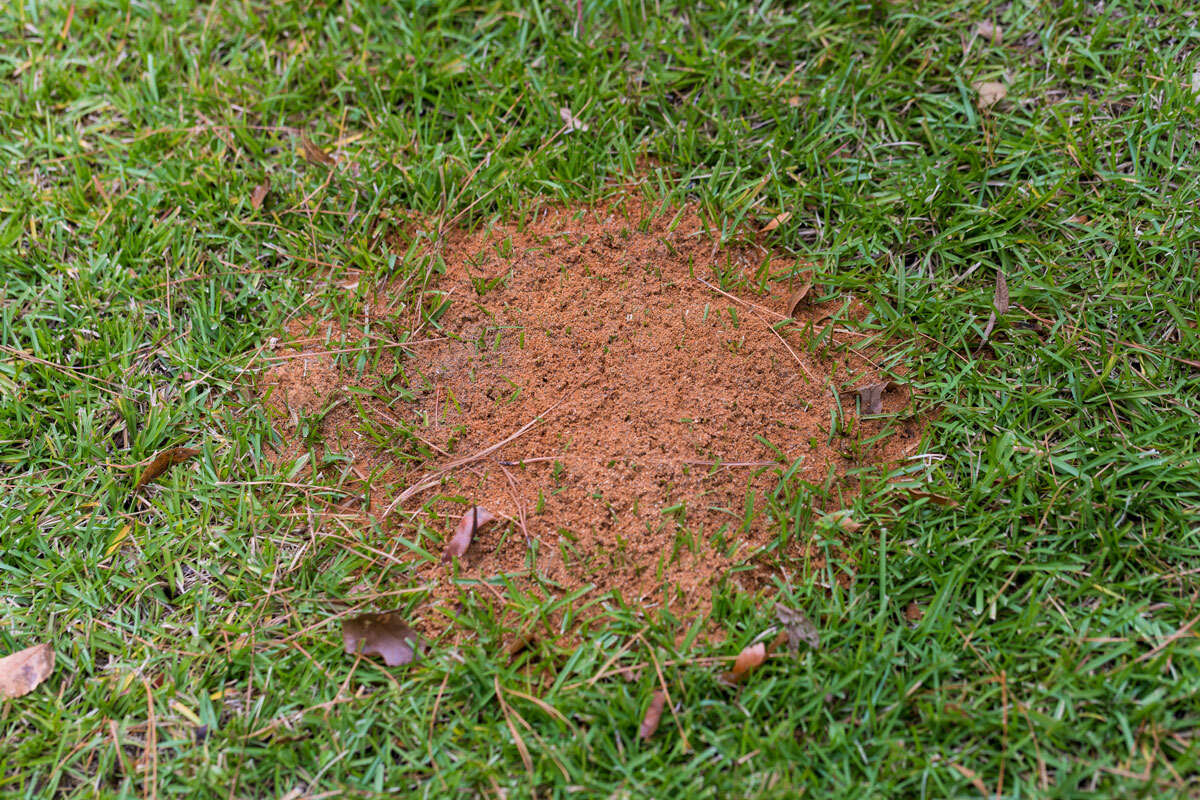
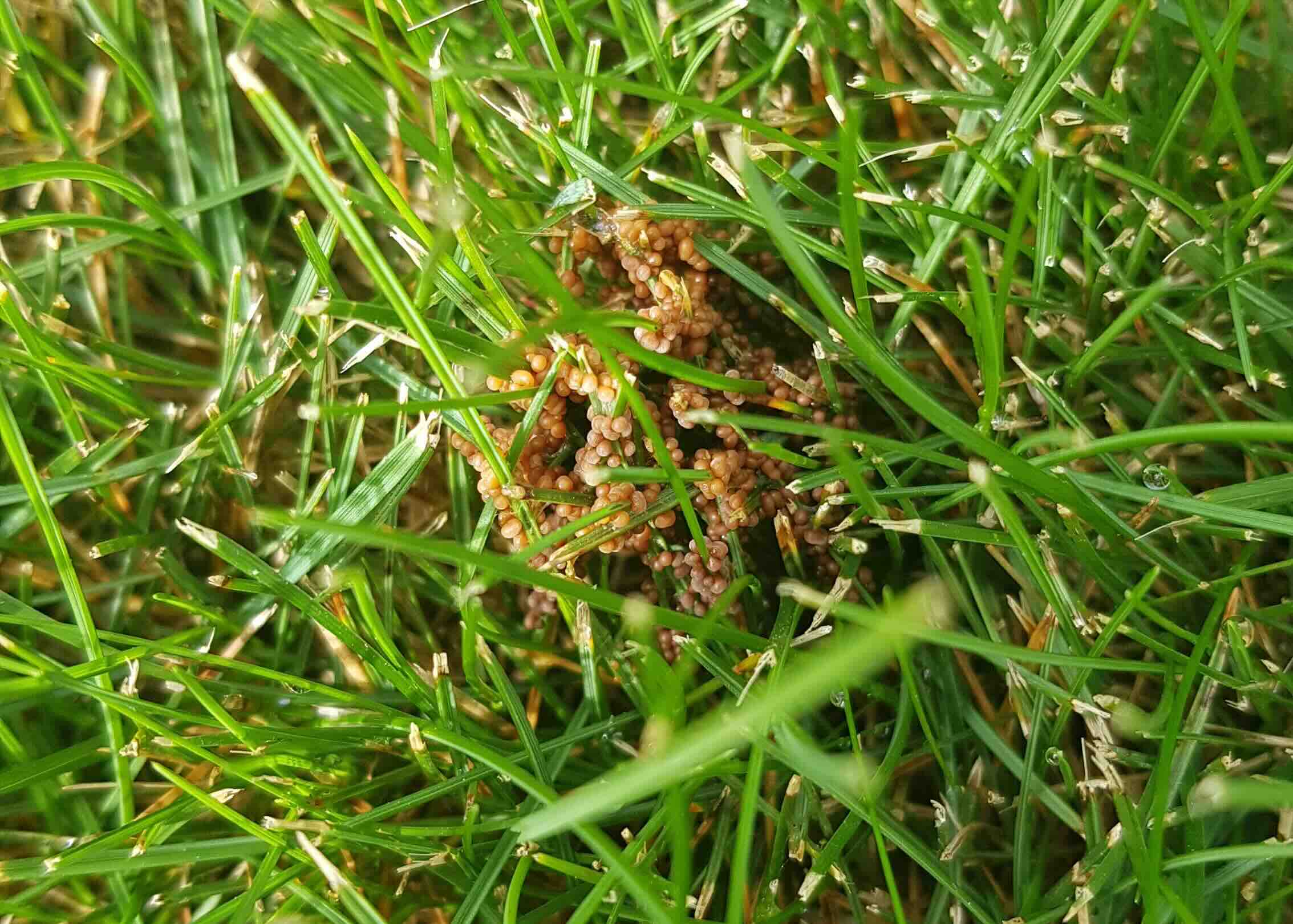
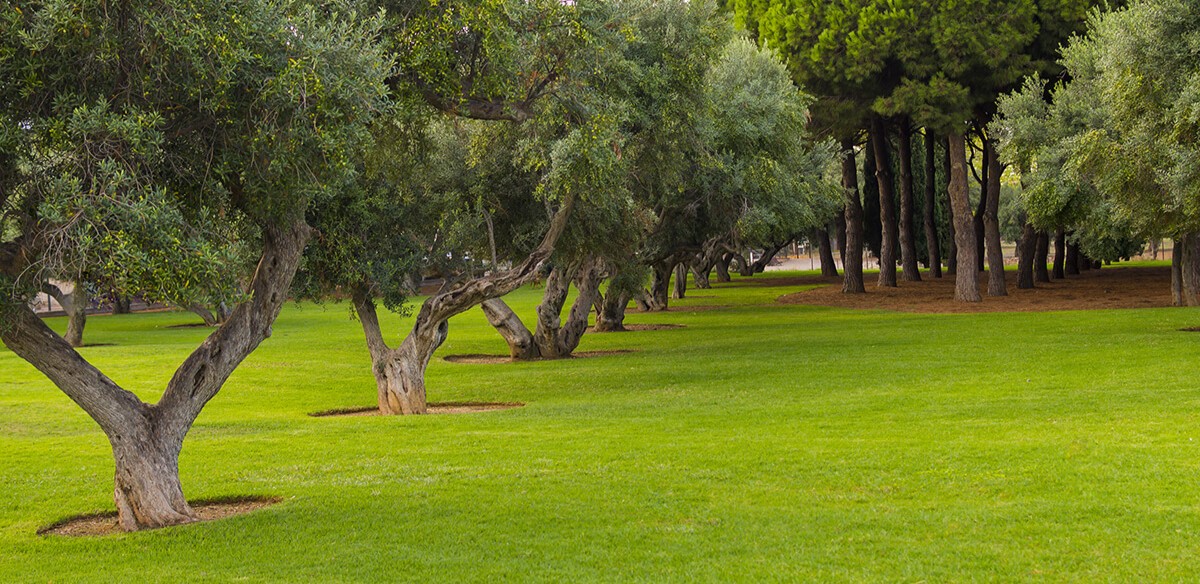
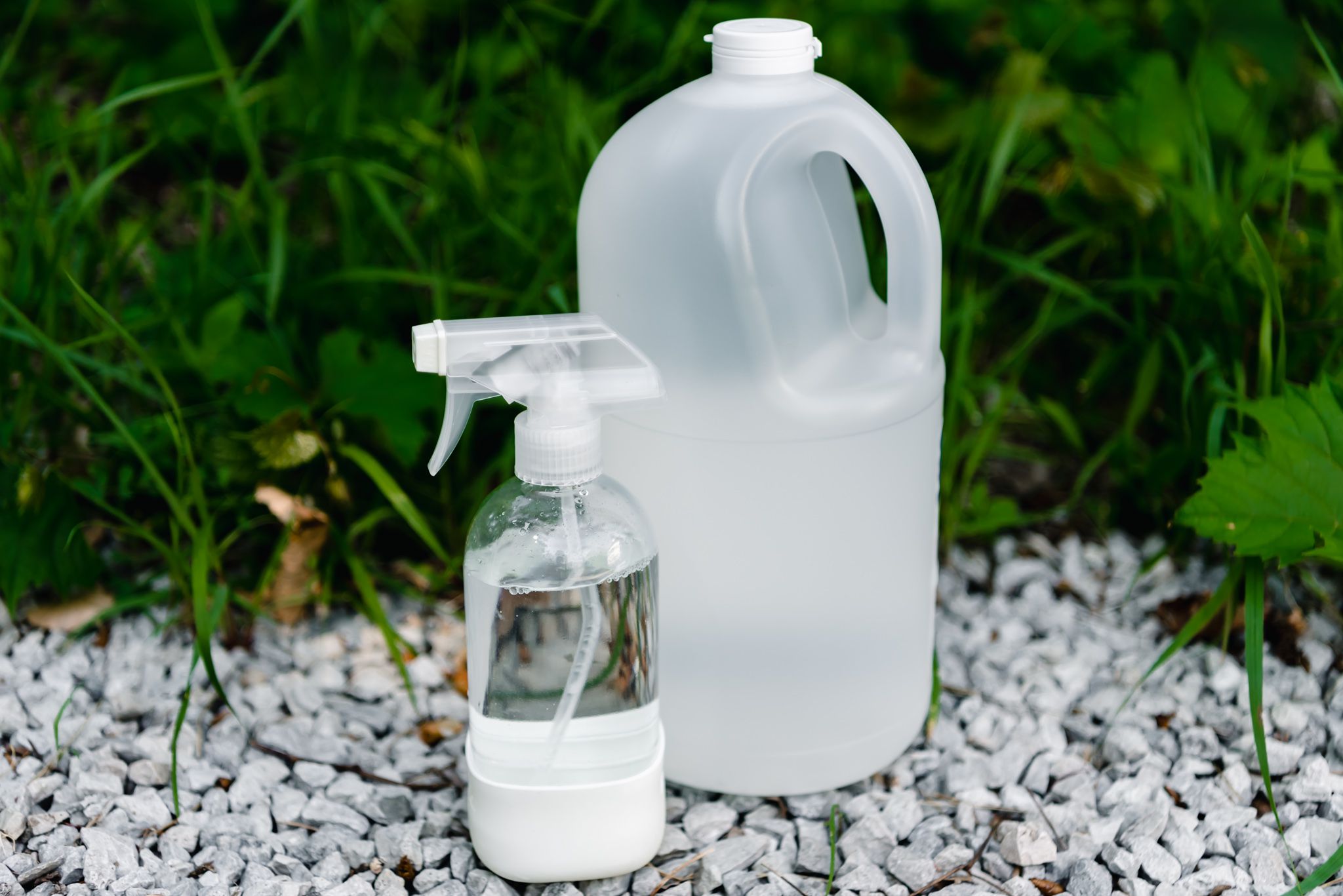
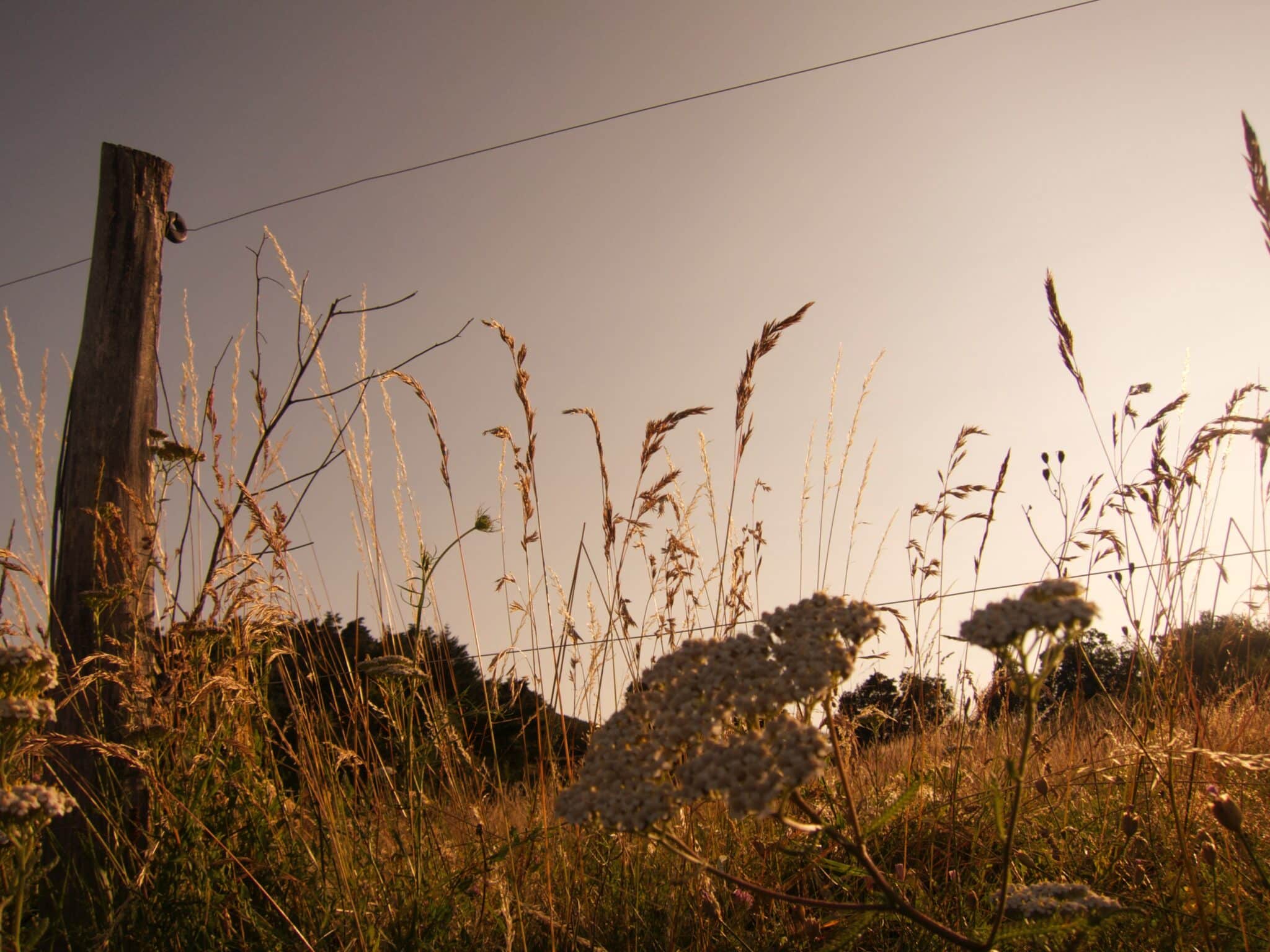
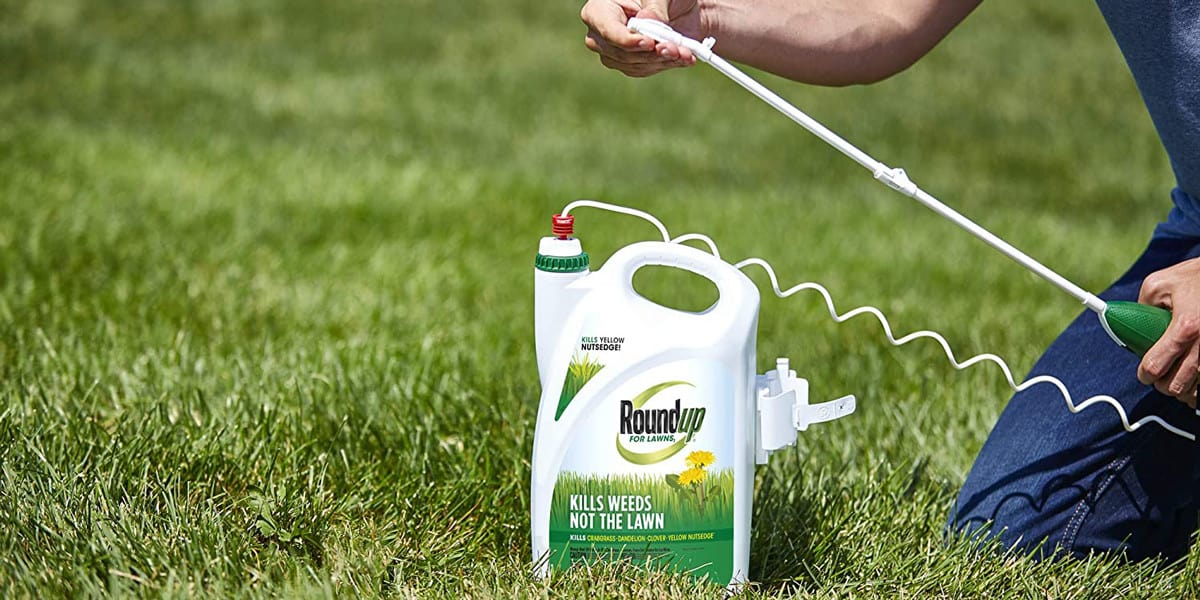
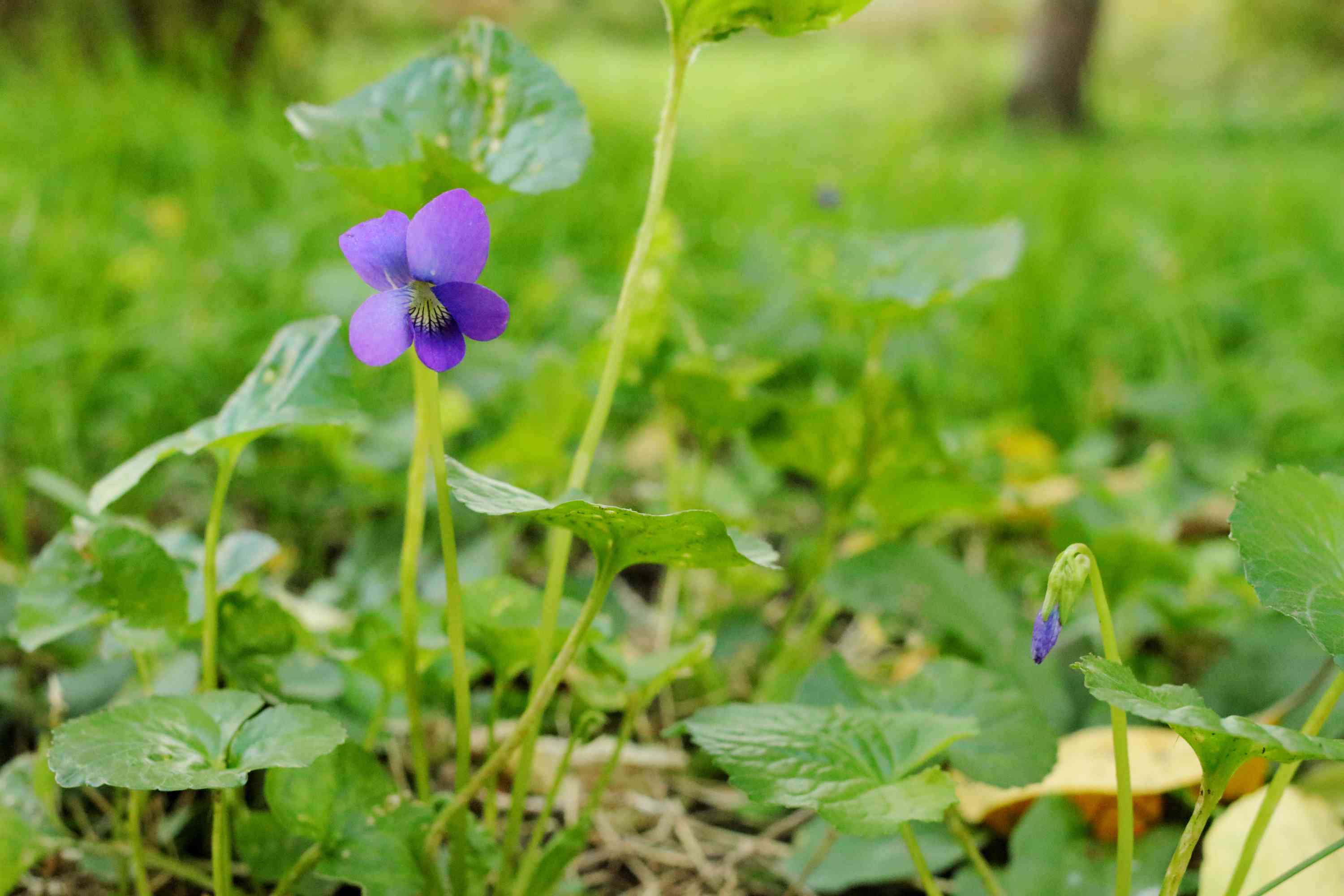

0 thoughts on “What Can Kill Grass”